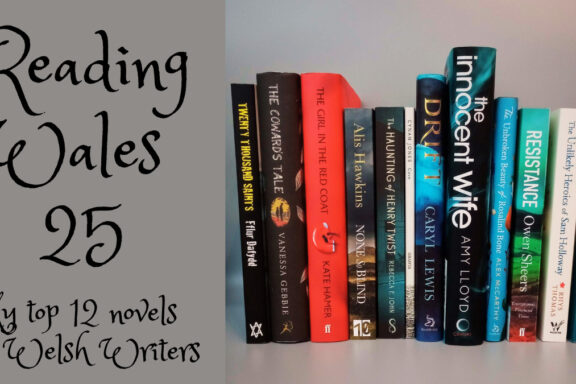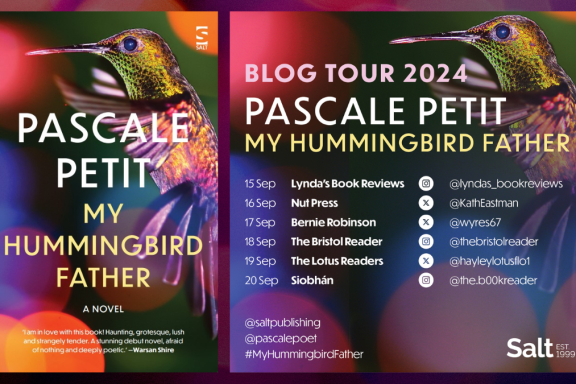
Daniel Cole’s debut novel, Ragdoll, intrigued me because it had not one but multiple victims, and I thought I’d enjoy seeing what the connections between them all were, that is, beyond the stitching that loosely connects the initial six. Here’s what the blurb says:
A body is discovered with the dismembered parts of six victims stitched together, nicknamed by the press as the ‘Ragdoll’. Assigned to the shocking case are Detective William ‘Wolf’ Fawkes, recently reinstated to the London Met, and his former partner Detective Emily Baxter.
The ‘Ragdoll Killer’ taunts the police by releasing a list of names to the media, and the dates on which he intends to murder them. With six people to save, can Fawkes and Baxter catch a killer when the world is watching their every move?
The prologue of Ragdoll opens with the end of what appears to be a wholly unconnected case to the one you’re expecting to read, that of the Ragdoll victims and their killer, so this was a disconcerting start. However, as quickly becomes apparent, the two cases are inextricably linked, thanks in great part to Detective Wolf’s involvement in both.
Wolf’s character is interesting: he’s about as flawed and damaged as a person can get, while still holding down a job, and stretches the ‘detective with issues’ idea to new limits. He’s recently reinstated and working with a team of detectives you’ll be familiar with from other detective novels or television series: the usual suspects are all here, but given his nickname, it’ll probably come as little surprise that William Fawkes is most comfortable when operating as a lone wolf. I couldn’t quite see how he had ever appealed to his TV journalist ex-wife or why his former partner on the force feels drawn to him. He’s volatile and obsessive when working a case which leaves very little over for anything, or anyone else. Of all the characters, though, it’s Wolf and Edmunds, the recent transfer across from Fraud, who held my interest the most. Perhaps because they are both terrier-like when on a case. I did like the Scot, Finlay, too but found Vanita fairly insubstantial and Baxter almost too much of a stereotype in any number of ways.
Where Ragdoll works best is as the initial six victims and the reasons why they were chosen are identified, against the backdrop of their killer’s newly-announced timetable of murders, especially as it’s being covered on rolling news. This is where Ragdoll becomes a page-turner of a novel, as the reader tries to beat the team of detectives to see the connections, however tenuous, while hoping they can save this victim, and if not, the next, and so on. (The murders when they come, and some inevitably do, up the ante in terms of how gruesome and inventive they are when compared to the initial Ragdoll.) Besides all the usual imperatives to find the Ragdoll killer before they kill again, the team of detectives not only have a leak in their department to contend with but a vested interest in stopping him or her.
How much you enjoy Ragdoll will probably depend on how able you are to suspend disbelief and go with the story and where it and its characters take you. I went with it up to a point but found some of the detectives’ actions frustrating and the reveal clumsy and ultimately disappointing. That said, it’s an attention-grabbing first outing for ‘Wolf’ Fawkes and I do wonder where Daniel Cole will take him next.
Ragdoll is Daniel Cole’s debut novel and is published by Trapeze, a new Orion imprint. It is available in hardback and as an ebook and audiobook from Amazon UK, Audible UK, Foyles, Hive (supporting your local independent bookshop) and Waterstones.
My thanks to the publisher for providing me with a review copy through NetGalley.
Today is publication day and the last day of the Ragdoll BlogTour. You can find details of all participating blogs below:




Leave a comment